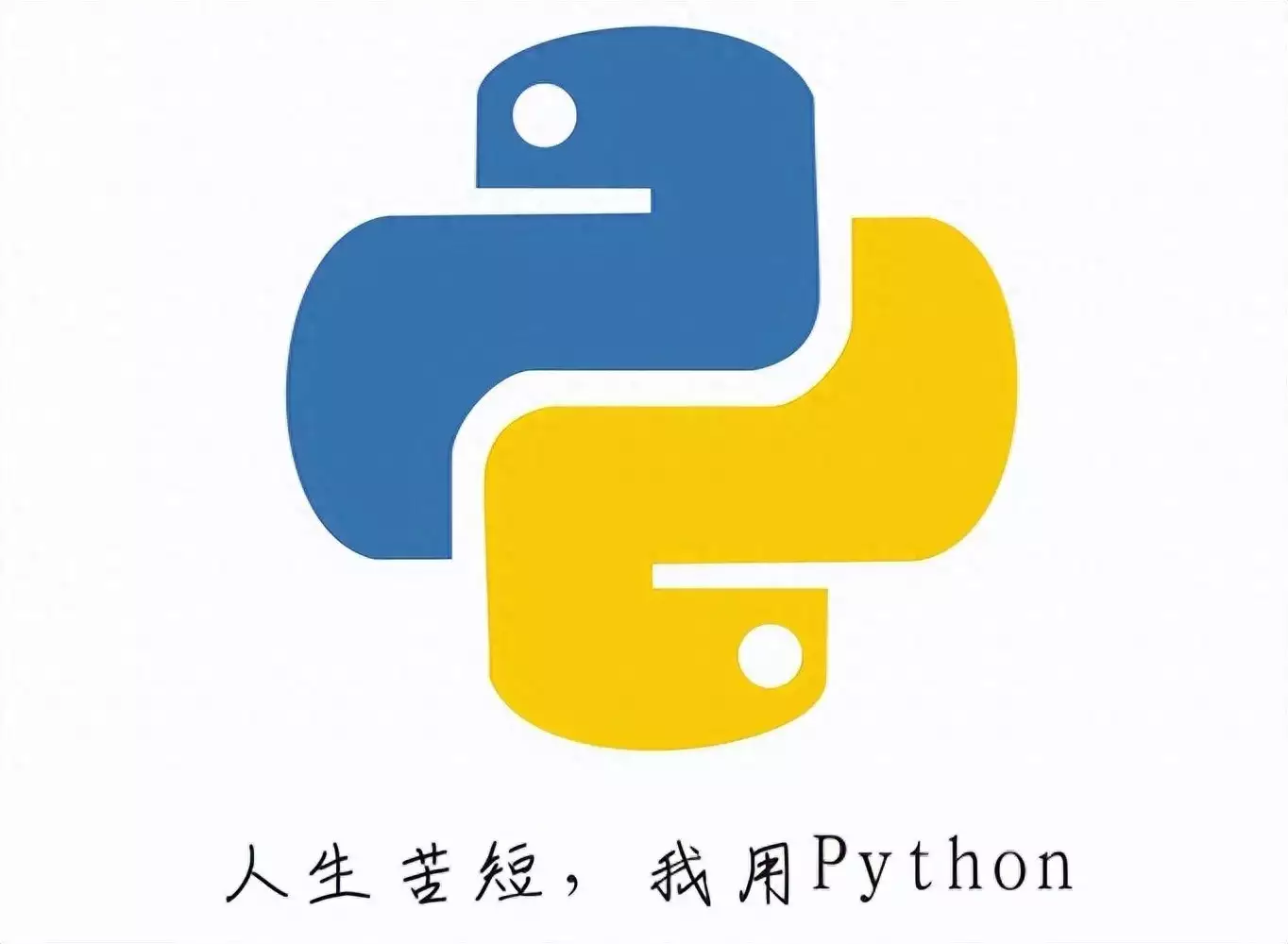
1. 打印范围内所有负数的 Python 程序问题:编写一个 Python 程序来打印给定范围内的所有负数答:打印范围内的所有负数与打印正数类似,但条件更改为检查小于零的数字:def print_negative_in_range(start, end):negative_numbers = [num for num in range(start, end + 1) if num < 0]return negative_numbers# Examplestart = -10end = 10print("Negative numbers in the range:", print_negative_in_range(start, end))。
解释:列表推导式生成一个从指定范围小于零的数字列表2. 计算列表中的正数和负数的 Python 程序问题:编写一个 Python 程序来计算列表中的正数和负数的数量答:计算正数和负数涉及遍历列表并使用两个计数器:。
def count_positive_negative(lst):positive_count = sum(1 for num in lst if num > 0)negative_count = sum(1 for num in lst if num < 0)return positive_count, negative_count# Examplemy_list = [-10, 15, -20, 30, -5, 40]positive_count, negative_count = count_positive_negative(my_list)print(f"Positive numbers: {positive_count}, Negative numbers: {negative_count}")
解释:带有生成器表达式的 sum() 函数计算正元素和负元素的数量结果是一个包含正数和负数计数的 Tuples3. 在 Python 中删除列表中的多个元素问题:编写一个 Python 程序以从列表中删除多个元素。
答:您可以使用列表推导式或 filter() 函数从列表中删除多个元素:def remove_multiple_elements(lst, elements_to_remove):return [num for num in lst if num not in elements_to_remove]# Examplemy_list = [10, 20, 30, 40, 50, 60]elements_to_remove = [20, 40, 60]print("List after removing elements:", remove_multiple_elements(my_list, elements_to_remove))
解释:列表推导式过滤掉elements_to_remove列表中存在的所有元素此方法允许在一次传递中删除多个特定元素4. Python — 将索引元素替换为另一个列表中的元素问题:编写一个 Python 程序,将一个列表中特定索引处的元素替换为另一个列表中的元素。
答:要将列表中特定索引处的元素替换为另一个列表中的元素,您可以迭代索引并执行 replacement :def replace_elements(lst1, lst2, indices):for i, index in enumerate(indices):if index < len(lst1):lst1[index] = lst2[i]return lst1# Examplelist1 = [10, 20, 30, 40, 50]list2 = [100, 200, 300]indices = [1, 3, 4]print("List after replacement:", replace_elements(list1, list2, indices))
解释:函数 replace_elements 采用三个参数:lst1 (要修改的列表)、lst2 (包含替换元素的列表) 和 indices (lst1 中将发生替换的索引列表)该函数遍历索引,并将 lst1
中的相应元素替换为 lst2 中的相应元素此解决方案处理索引列表可能短于所涉及的列表的情况5. Python 程序保留出现 N 次 K 的记录问题:编写一个 Python 程序,将记录保留在列表中,该记录恰好包含元素 。
K 的 N 次出现答:要在列表中保留恰好出现 N 个特定元素 K 的元素,您可以使用 list comprehension :def retain_with_n_occurrences(lst, k, n):return [item for item in lst if lst.count(k) == n]# Examplemy_list = [1, 2, 2, 3, 4, 2, 5, 2]k = 2n = 4print("List after retaining records with N occurrences of K:", retain_with_n_occurrences(my_list, k, n))。
解释:retain_with_n_occurrences 函数遍历列表中的每个元素,并检查列表中 k 的出现次数是否等于 n只有满足此条件的元素才会保留在结果列表中在此示例中,数字 2 在 my_list。
中出现了四次,因此列表将按原样返回6. 使用 Lambda 根据列对列表进行排序的 Python 程序问题:编写一个 Python 程序,以使用 lambda 函数根据特定列对元组或列表列表进行排序答:
您可以通过结合使用 sorted() 函数和 lambda 函数,根据特定列对 Tuples 或列表列表进行排序:def sort_by_column(lst, col_index):return sorted(lst, key=lambda x: x[col_index])# Examplemy_list = [(1, John, 45), (2, Jane, 34), (3, Doe, 29), (4, Alice, 40)]col_index = 2print("List sorted by column:", sort_by_column(my_list, col_index))
解释:sort_by_column 函数使用 sorted() 函数根据 col_index 处的元素对元组/列表列表进行排序lambda 函数 lambda x: x[col_index] 用作 sorted()
中的键参数,其中 x 表示每个元组/列表,x[col_index] 指定列表应排序的值在此示例中,列表根据每个元组中的第三个元素(表示 age)进行排序7. Python 程序替换列表中除给定字符之外的所有字符。
问题:编写一个 Python 程序来替换字符串列表中除给定字符之外的所有字符答:要替换字符串列表中除特定字符之外的所有字符,可以使用 list comprehension :def replace_except(lst, char):return [.join([c if c == char else _ for c in string]) for string in lst]# Examplemy_list = ["apple", "banana", "cherry"]char = aprint("List after replacement:", replace_except(my_list, char))。
解释:replace_except 函数循环访问列表中的每个字符串,然后循环访问字符串中的每个字符如果字符与给定字符 (char) 匹配,则保留该字符;否则,它将替换为下划线 (_)结果是一个字符串列表,其中只有指定的字符保持不变。
8. Python — 删除包含列表字符的单词问题:编写一个 Python 程序,从包含另一个列表中任何字符的字符串列表中删除单词答:要从字符列表中删除包含任何字符的单词,您可以将列表推导式与 any()。
函数结合使用:def remove_words_with_chars(word_list, char_list):return [word for word in word_list if not any(char in word for char in char_list)]# Examplewords = ["apple", "banana", "cherry", "date"]chars_to_remove = [a, e]print("List after removing words:", remove_words_with_chars(words, chars_to_remove))
解释:remove_words_with_chars 函数检查word_list中的每个单词any() 函数用于确定单词中是否存在 char_list 中的任何字符如果是这样,则从结果中排除该单词结果列表仅包含不包含任何指定字符的单词。
9. Python — 从字符串列表中删除多个空位的方法问题:编写一个 Python 程序以从列表中的每个字符串中删除多个空格答:您可以使用 split() 和 join() 方法从列表中的字符串中删除多个空格:。
def remove_multiple_spaces(string_list):return [ .join(string.split()) for string in string_list]# Examplemy_list = ["Thisis a test", "Removeextraspaces"]print("List after removing extra spaces:", remove_multiple_spaces(my_list))
解释:remove_multiple_spaces 函数以 string_list 处理每个字符串不带参数的 split() 方法按任何空格拆分字符串并返回单词列表,从而有效地删除多余的空格然后,join()
方法将这些单词组合成一个字符串,每个单词之间有一个空格10. Python — 在可能的单词之间添加空格问题:编写一个 Python 程序,在字符串中没有空格的单词之间添加一个空格答:要在字符串中不用空格分隔的单词之间添加空格(假设单词是驼峰式大小写或一起运行),您可以使用正则表达式:。
import redef add_space_between_words(string):return re.sub(r(?